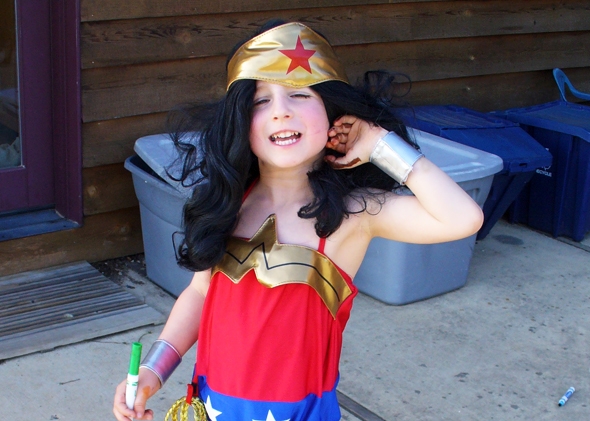Lucky Neophytes
"We flew them up to a beautiful spot so that they could say their last goodbyes."
"We were looking right down and over the U.S. border, and anytime there was a wisp of smoke, we descended on it rapidly."
"They were disoriented ... lost, they didn't know which direction to go."
Paul Berry, Comox (B.C.) Search & Rescue
"We've had people break legs and we've found them the next day, but we've never really had anybody go missing like this."
"I honestly don't know what they did."
Cathedral Lakes Lodge employee
"[There is] no sign of these people whatsoever, no signs left for us, no material tied to a tree. ... It is just kind of like they vanished."
Cpl. Dave Tyreman, Royal Canadian Mounted Police
"For them to actually go down and move into the trees would have been really strange to do, so we spent most of our efforts searching the alpine areas."
Alan Hobler, search coordinator

When dinnertime arrived and they hadn't returned the lodge dispatched a search party to scan nearby trails, but they weren't successful in finding the pair. The lodge then took the step to alert the Royal Canadian Mounted Police. Three days passed with the RCMP looking for the missing hikers, and there were other rescue groups attempting to discover what had become of the pair as well.
They were novices at hiking, but outdoor life was not completely unknown to both of them. Lynne Carmody's deceased husband had himself worked in search and rescue and Rick Monan, according to family and friends, had some outdoors experience of his own. But people can and do become lost and this couple certainly did when they took a detour then found themselves far from their starting point.
Rescuers assumed that the two, if indeed lost, would gravitate to places where they could be spotted overhead by search and rescue aircraft. But they had decided evidently to remain in the woods. There they built a temporary shelter and remained in close distance to a stream for water. Should they have moved to high ground where treeless alpine tundra dominates, they might have been able to get their bearings.
They had embarked with no gear at all. No food, no appropriate clothing or survival gear, having to cope with temperatures soaring to 40-degrees Celsius. They decided to find shelter in densely wooded areas, where none of the three helicopters buzzing about could possibly detect their presence. It cannot have been too pleasant, since nasty devil's club is part of the understory, and biting insects have a field day with warm flesh.
Finally, rescuers assumed they had met with misfortune, perhaps fallen off a cliff and in the remote wilderness area it would be unlikely their bodies would be found anytime soon. The search had gone on for seven days, and hope they might have survived whatever their ordeal had been had waned; they were presumed dead.
Then just as the last of the search teams proceeded to wrap up their fruitless search where they had gathered with family members of the two missing hikers to enable them to have a last look at the final resting place of the two absent hikers, it just happened that two figures emerged from the woods to approach an idling rescue helicopter.
They were in fine shape; perhaps a little dishevelled, exhausted, hungry and thirsty, insect-bitten, but basically fine. They even decided to return to the lodge before being taken to hospital for a check-up, so they could enjoy dinner, to the amazement of other guests.
Labels: Canada, Environment, Misadventure, Nature






















